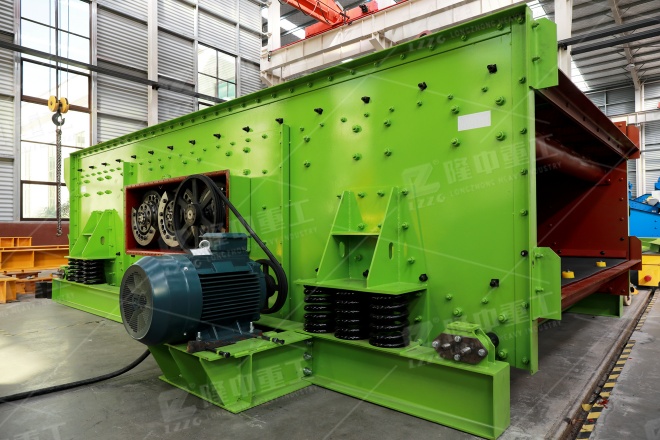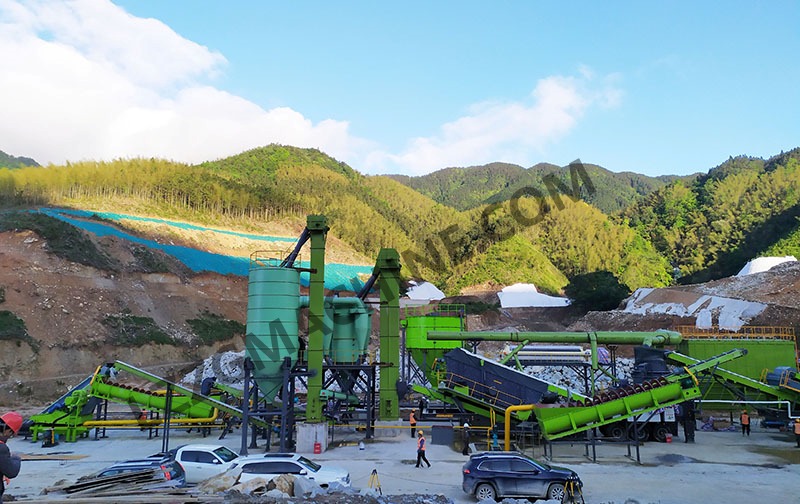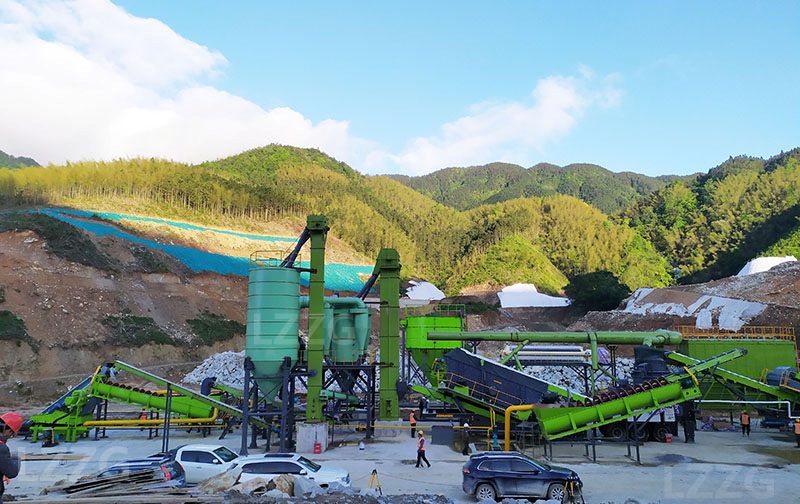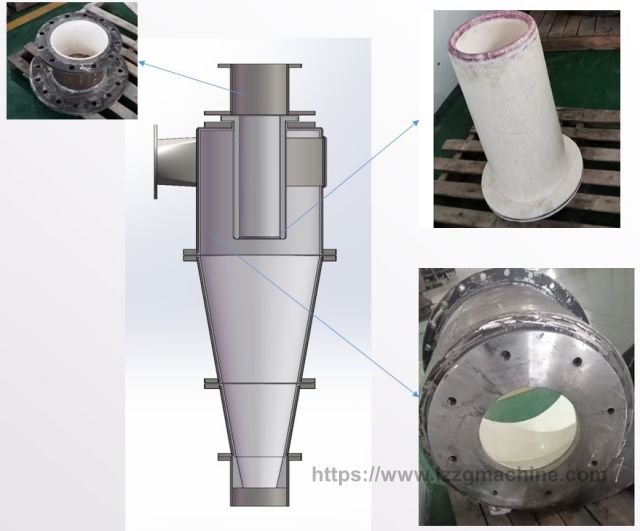Factors affecting the effect of feed vibrating screening
 November.03,2022
November.03,2022
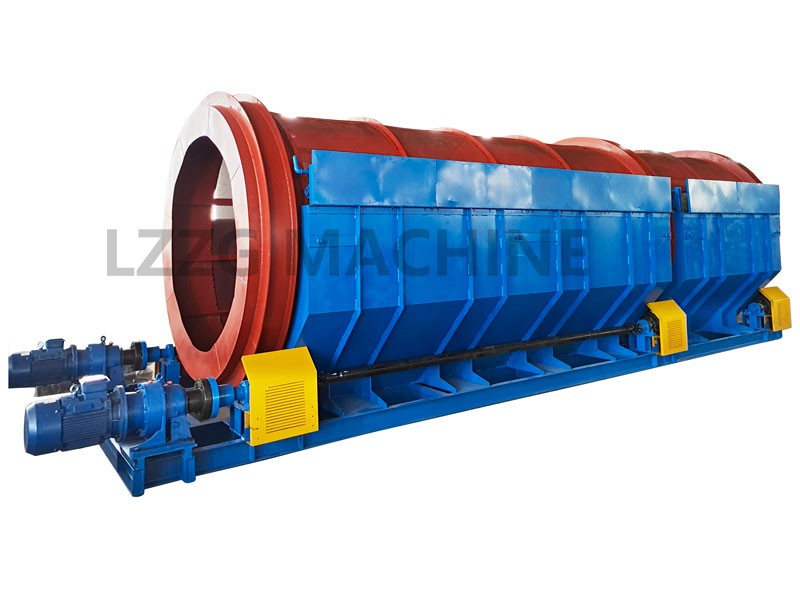
Factors affecting the screening effect:
(1) Particle and sieve shape. In the actual production of the feed industry, most of the screening raw materials are cylindrical (pellet feed classification) or irregular particles, the screen hole is both round and rectangular, the state of the material particles when contacting the screen hole has a great influence on whether the particles can pass, such as a 4×10 mm particle can pass through a screen hole with a pore size of 5 mm when it is upright, and the transverse can not. Therefore, the passing or not of particles has a certain contingency, and can only be studied by statistical means. Generally, for cylindrical particles, the rectangular sieve hole has good passing performance; For irregular particles with little difference in size in all directions, the passing performance of the round hole is better.
(2) The opening rate of the sieve surface. The greater the opening rate of the screen surface, the better the passing performance. Under the condition of ensuring the strength of the screen surface, the woven screen can obtain a higher opening rate than the punching screen, so the passing performance of the former is better than the latter.
(3) Material layer thickness. When using a flat screen, if the material layer passing through the vibrating screen screen surface is too thick, and the small particles in the upper part of the material layer are difficult to pass through the screen hole, it will cause the false screening rate to rise, which will increase the net raw material loss in the raw material cleaning, and reduce the output in the particle classification (the upper screen material layer is too thick) and affect the quality of the finished product (the lower screen material layer is too thick). If the material layer is too thin, the screening yield is too low and undesirable. The appropriate thickness of the material layer should be determined by the test, and the material layer can be slightly thicker when the inclination angle of the screen surface is small and the amplitude of the screen body is large. In theory, the thickness of the material layer is determined by the output, but in actual use, due to the uneven feeding of the screen surface, the material may be concentrated on the side of the screen surface, resulting in the local material layer being too thick and affecting the screening effect. Similar problems exist between cylindrical and conical screens, and the screening effect is also affected when the instantaneous material flow is too large.
(4) The movement state of the sieve body. One of the necessary conditions for the screening process is that there is a suitable relative movement between the screening material and the screen surface, and the method of generating this relative movement can be horizontal reciprocating linear motion (rotation), vertical reciprocating linear motion (vibration) or a combination of the two of the screen surface. The sieve body only has horizontal reciprocating motion or vertical reciprocating motion, and the screening effect is not ideal. The latter is easy to cause uneven thickness of the material layer due to the lack of horizontal movement of the material and the screen surface. Practice shows that the rotary vibrating screen that combines the two movements has a better effect.
(5) Material characteristics. The particle size, moisture content, friction characteristics, fluidity, etc. of the material are all related to the screening process. The difference in particle size of the material is the premise of the screening and separation of the material components, and the greater the difference, the easier the screening process is. The higher the moisture content of the material, the larger the internal and external friction angle, and the worse the fluidity, the worse the performance of the particles through the sieve hole. Therefore, in actual use, in order to obtain a good screening effect, different process parameters should be selected according to the specific conditions of the material.


